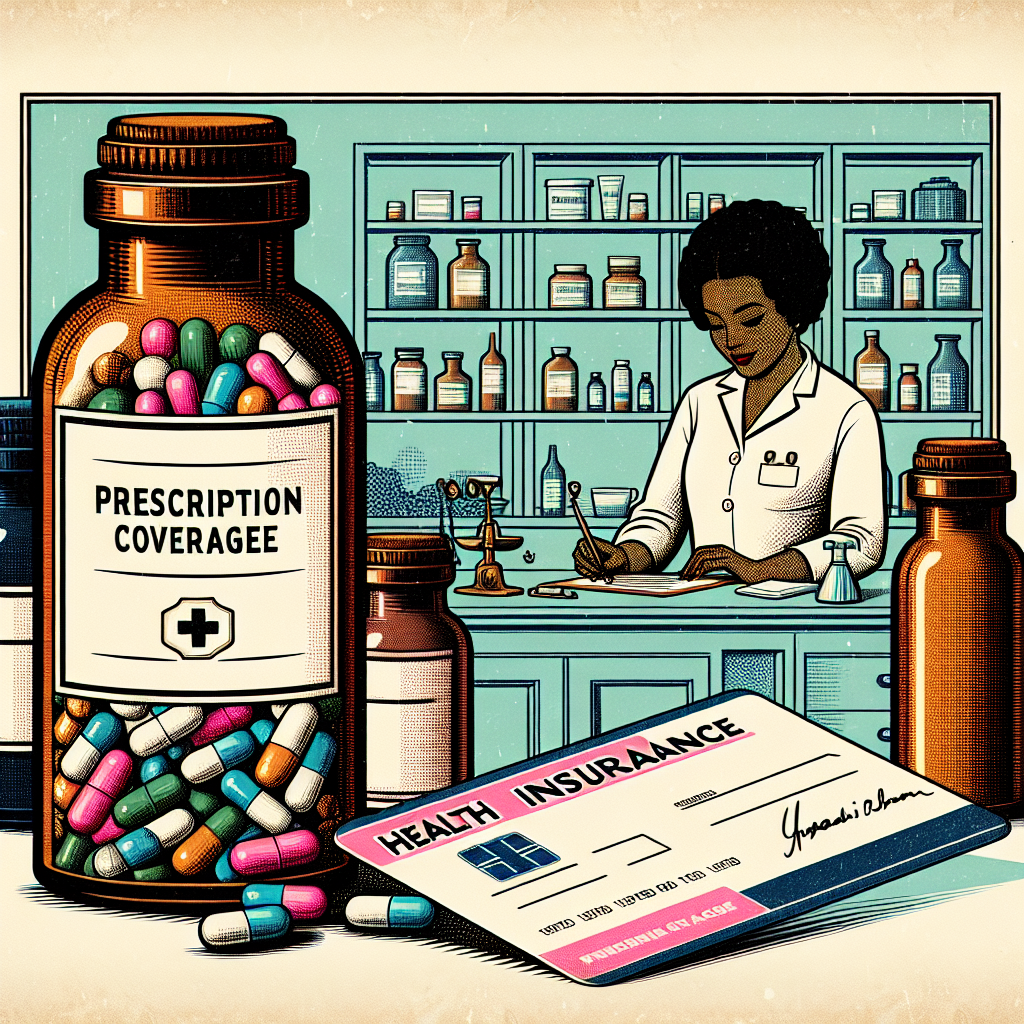Filed under Auto Insurance on
Auto Insurance Claim Minnesota: Step-by-Step Guide

Dealing with a crash or fender-bender is stressful enough. Trying to figure out exactly how to file an auto insurance claim in Minnesota on top of that can feel overwhelming. The process doesn’t have to be confusing, though. With the right steps, documentation, and understanding of Minnesota’s unique insurance rules, you can navigate a claim more confidently and protect your rights.
This step-by-step guide breaks down what to do from the moment an accident happens through final claim resolution. Whether you’re handling a minor parking lot scrape or a serious collision, knowing the process for an auto insurance claim Minnesota drivers must follow can help you avoid costly mistakes and delays.
Understanding Auto Insurance in Minnesota
Before walking through the process, it helps to understand the basic framework of auto insurance in Minnesota. This context shapes how your claim is handled and what you can recover.
Minnesota Is a No-Fault State
Minnesota is one of a handful of “no-fault” states. That means after most accidents, you first turn to your own insurance company for certain benefits, no matter who caused the crash. These benefits are called Personal Injury Protection (PIP) and typically cover medical bills, a portion of lost wages, and some replacement services.
However, being a no-fault state does not mean fault is irrelevant. If your injuries are serious or damages exceed certain thresholds, you may still pursue a liability claim or lawsuit against the at-fault driver. Understanding how no-fault interacts with fault-based claims is crucial when you start an auto insurance claim Minnesota insurers will evaluate from both angles.
Required Minimum Coverages
Minnesota law requires every driver to carry specific minimum coverages. While limits can change over time, state statutes generally require:
- Personal Injury Protection (PIP) – for medical expenses, income loss, and related costs
- Liability coverage – for bodily injury and property damage you cause others
- Uninsured/Underinsured Motorist (UM/UIM) – to protect you if the other driver has no insurance or not enough
These mandatory protections become the backbone of any auto insurance claim Minnesota drivers file, whether they’re seeking payment for their own injuries or compensation from another driver’s policy.
Step 1: Make Safety the First Priority
Immediately after a collision, your safety and the safety of others is the top priority. Before you even start thinking about forms and claim numbers, make sure the scene is secure.
- Check for injuries and call 911 if anyone appears hurt.
- Move vehicles to a safe location if possible and legal to do so.
- Turn on hazard lights and use flares or cones if available.
In serious accidents, do not move seriously injured individuals unless there’s an immediate danger, such as fire. Emergency responders will evaluate and document the scene, which can later support your claim.
Step 2: Call Law Enforcement and Obtain a Report
In Minnesota, you should contact law enforcement if there are injuries, suspected intoxication, a hit-and-run, or significant property damage. A police report is often one of the most valuable pieces of evidence in an auto insurance claim Minnesota policyholders submit.
- Cooperate fully but stick to the facts.
- Avoid guessing about what happened or admitting fault at the scene.
- Note the responding officer’s name, badge number, and report number if available.
Insurance adjusters rely heavily on police reports to piece together what happened, identify witnesses, and determine potential fault. Even in minor accidents, some insurers strongly prefer that an official report exists.
Step 3: Exchange Information and Gather Evidence
Once everyone is safe and the authorities are on their way (when appropriate), start gathering essential information. This evidence can significantly influence how smoothly and successfully your claim is processed.
Information to Collect from Other Drivers
- Full name and contact details
- Driver’s license number and state
- Vehicle make, model, year, and license plate
- Insurance company name and policy number
Always verify the details directly from the other driver’s ID and insurance card when possible. Errors in this step can delay any auto insurance claim Minnesota companies receive from you or the other motorist.
Documenting the Accident Scene
Use your phone to capture as much detail as you can. Useful evidence includes:
- Photos of all vehicles involved from multiple angles
- Close-ups of visible damage and debris
- Skid marks, road conditions, traffic signals, and signage
- Weather conditions and lighting
- Visible injuries, if appropriate and respectful
If there are witnesses, politely ask for their names and contact information. Neutral witnesses can be powerful allies if there’s a dispute over fault.
Step 4: Notify Your Insurance Company Promptly
Most policies require you to report accidents within a reasonable time frame, sometimes within 24 hours. You don’t need every piece of documentation in hand to start an auto insurance claim Minnesota insurers will open a file and collect missing information later.
When you contact your insurer, be prepared to share:
- Date, time, and location of the accident
- Basic description of what happened
- Names and insurance information of the other drivers
- Police report number if you have it
- Photos or video, if you’ve already captured them
Stick to the facts and avoid speculating about fault. Claims representatives typically record calls and may use your statements as part of the file.
Step 5: Understand the Types of Claims You May File
Filing an auto insurance claim in Minnesota often involves multiple coverage types at once. Knowing which coverage applies can help you ask the right questions and set realistic expectations.
Personal Injury Protection (PIP) Claim
Because of Minnesota’s no-fault system, your first claim for medical expenses and some wage loss is typically under your own PIP coverage, regardless of who caused the crash. PIP may cover:
- Reasonable and necessary medical expenses
- Portion of lost income if you can’t work
- Replacement services, such as childcare or household help
When you open an auto insurance claim Minnesota carriers will usually assign a PIP adjuster who handles these specific benefits. You’ll likely need to provide medical records, bills, and proof of missed work.
Property Damage Claim
Vehicle repairs or total loss are handled under different coverages:
- Collision coverage – Pays for damage to your vehicle regardless of fault, after your deductible.
- Property damage liability – If you’re at fault, this pays for the other driver’s repairs or replacement.
You may file a claim through your own collision coverage and let your insurer seek reimbursement from the at-fault driver’s insurer later (a process called subrogation). This can speed up repairs but may involve paying your deductible up front.
Bodily Injury Liability and Third-Party Claims
If another driver is at fault and your injuries are serious enough to meet Minnesota’s thresholds (for example, significant medical bills, permanent injury, or disability), you may pursue a bodily injury claim against the at-fault driver’s liability coverage. This is separate from your PIP claim and can include:
- Medical expenses not covered by PIP
- Future medical costs
- Pain and suffering, under qualifying circumstances
- Lost earning capacity for serious, long-term impacts
Because these claims can be complex and involve higher stakes, many people consult an attorney before resolving an auto insurance claim Minnesota law allows against an at-fault driver.
Step 6: Work with the Adjuster and Provide Documentation
Once your claim is opened, an adjuster will be assigned. This person evaluates the facts, reviews damage, and ultimately recommends how much the insurer should pay.
What Adjusters Typically Request
- Accident details and your written or recorded statement
- Photos, videos, and diagrams of the scene
- Medical bills and records related to the accident
- Repair estimates or total loss valuations
- Proof of income if you’re claiming wage loss
Respond promptly to requests, but review documents before signing. If you’re unsure about a medical release or recorded statement, you’re entitled to ask questions or seek legal advice, especially if your injuries are significant.
Vehicle Inspection and Estimates
For a property damage claim, the insurer may:
- Send an appraiser to inspect your vehicle
- Ask you to visit a preferred repair facility for an estimate
- Allow you to obtain independent estimates
In an auto insurance claim Minnesota consumers have the right to choose their own repair shop, even if the insurer recommends a “preferred” provider. However, using a recommended shop may streamline the process and reduce back-and-forth over estimates.
Step 7: Medical Treatment and Tracking Your Recovery
From an insurance standpoint, consistent, documented medical treatment is one of the strongest indicators of genuine injury. From a health standpoint, it’s essential to get appropriate care promptly.
- Get evaluated as soon as possible, even if you feel “mostly fine” immediately after the crash.
- Follow your doctor’s recommendations and attend follow-up appointments.
- Keep a journal of your symptoms, limitations, and pain levels over time.
In an auto insurance claim Minnesota adjusters will closely review gaps in treatment or missed appointments. Large gaps can be used to argue that your injuries weren’t serious or weren’t related to the accident.
Step 8: Understanding Fault and Comparative Negligence
Even though Minnesota is a no-fault state for medical benefits, fault still matters for property damage and liability claims. Minnesota follows a modified comparative negligence rule. Under this standard:
- You can seek compensation from another driver if you are less than 50% at fault.
- Your recovery is reduced by your percentage of fault.
For example, if you’re found 20% at fault and your damages total $10,000, you may recover $8,000. When handling an auto insurance claim Minnesota adjusters will analyze police reports, statements, and evidence to assign fault percentages. If you believe an insurer has unfairly assigned blame, you can challenge the assessment with additional evidence or consult legal counsel.
Step 9: Negotiating the Settlement
Most auto insurance claims resolve through negotiation rather than trial. Once treatment stabilizes and damages are clearer, settlement talks begin.
Key Elements of Settlement Discussions
- Medical expenses: Past and, in serious cases, projected future costs.
- Lost wages: Income missed due to the crash and recovery.
- Property damage: Repair bills, total loss value, diminished value in some cases.
- Pain and suffering: Only available in qualifying cases that exceed Minnesota’s no-fault thresholds.
When negotiating an auto insurance claim Minnesota drivers should document every expense and impact on their life, then present a clear, organized demand. Adjusters may start with a low offer; negotiations are a normal part of the process.
When to Consider Legal Help
You may want to consult with an attorney if:
- Your injuries are serious, long-lasting, or permanent.
- Fault is strongly disputed or multiple parties are involved.
- The insurer denies your claim or offers a settlement that does not cover your documented losses.
Many personal injury attorneys in Minnesota offer free consultations and work on a contingency fee basis. For a complex auto insurance claim Minnesota residents often find that professional guidance helps level the playing field against large insurers.
Step 10: Finalizing the Claim and Understanding Releases
Before an insurer issues a final payment on an injury claim, it usually requires you to sign a release. This document states that you accept the settlement and will not pursue further claims related to the accident.
- Read the release carefully to understand what rights you’re waiving.
- Confirm that all agreed-upon terms are accurately reflected.
- Consider getting legal review if the language seems broad or confusing.
Once you sign a release in an auto insurance claim Minnesota law typically bars you from reopening the case if future problems arise from the same accident, except in very narrow circumstances. That’s why it’s important to wait until you fully understand your injuries and long-term prognosis.
Common Mistakes to Avoid During a Minnesota Auto Insurance Claim
Even a strong claim can be weakened by avoidable missteps. Be mindful to avoid these common pitfalls:
- Delaying medical care: Waiting days or weeks to see a doctor can give insurers ammunition to argue your injuries weren’t serious or weren’t caused by the crash.
- Oversharing on social media: Posts, photos, or check-ins can be taken out of context to challenge your injury claims.
- Providing broad medical authorizations: Some forms allow insurers to dig through years of unrelated records. Clarify scope and duration.
- Accepting the first offer without review: Early offers may not fully reflect your damages, especially before treatment is complete.
- Missing deadlines: Minnesota has strict statutes of limitation for lawsuits, and policies may have internal time limits as well.
A disciplined, organized approach will always strengthen an auto insurance claim Minnesota companies must evaluate according to both policy language and state law.
How Industry Trends Are Shaping Claims in Minnesota
The auto insurance landscape is changing quickly, and those shifts affect how claims are handled in Minnesota and nationwide.
Telematics and Usage-Based Insurance
Many insurers now use telematics devices or mobile apps to track driving behavior. In some cases, data such as speed, braking patterns, and time of day can influence how an auto insurance claim Minnesota drivers file is evaluated. While this can help exonerate safe drivers, it may also provide another layer of evidence in disputed liability cases.
Rising Repair and Medical Costs
Vehicle technology and healthcare costs continue to rise. Advanced driver-assistance systems, sensors, and cameras are expensive to repair or replace. At the same time, medical costs climb year over year. These trends mean claim values are often higher than they were just a few years ago, leading insurers to scrutinize auto insurance claim Minnesota files more closely and negotiate more aggressively.
Digital Claims and Faster Processing
Most major carriers now offer mobile-friendly claim portals, photo-based damage estimates, and digital payments. For straightforward property damage cases, this can significantly accelerate turnaround times. However, while technology speeds up simple claims, more complex injury cases still require thorough human review and negotiation.
Practical Tips to Strengthen Your Minnesota Auto Insurance Claim
Beyond following the formal steps, a few habits can make a meaningful difference in the outcome of your claim.
- Create a dedicated file: Keep all accident-related documents, notes, receipts, and correspondence in one place.
- Communicate in writing when possible: Email provides a clear record of what was said and when.
- Ask for itemized explanations: If an insurer denies part of your auto insurance claim Minnesota regulators expect a clear reason; don’t hesitate to request it in writing.
- Review your policy annually: Before an accident happens, understand your deductibles, limits, and optional coverages like rental reimbursement.
- Stay courteous but assertive: Professional, calm communication tends to produce better results than confrontation.
When an Auto Insurance Claim in Minnesota Becomes a Legal Case
Not every claim requires a lawyer, but some situations do escalate. You might move from routine claim handling into potential litigation if:
- Liability is sharply contested and evidence is complex.
- Serious injuries involve permanent disability, scarring, or long-term care.
- The insurer engages in what appears to be bad-faith conduct, such as unreasonable delays or unexplained denials.
In those situations, your auto insurance claim Minnesota started as paperwork may turn into a formal lawsuit filed within the state’s statute of limitations. An experienced Minnesota attorney can handle court filings, expert witnesses, and negotiations while you focus on recovery.
Conclusion: Taking Control of Your Minnesota Auto Insurance Claim
Accidents are disruptive and draining, but your claim process doesn’t have to be. By prioritizing safety, documenting the scene, understanding Minnesota’s no-fault framework, and communicating strategically with adjusters, you can navigate an auto insurance claim Minnesota insurers must honor under state law and your policy.
Keep your documentation organized, ask questions whenever something is unclear, and don’t rush into signing final releases before you understand the full extent of your injuries and losses. With a clear, step-by-step approach, you place yourself in the best possible position to secure a fair, timely outcome and move forward with confidence after a crash on Minnesota’s roads.





